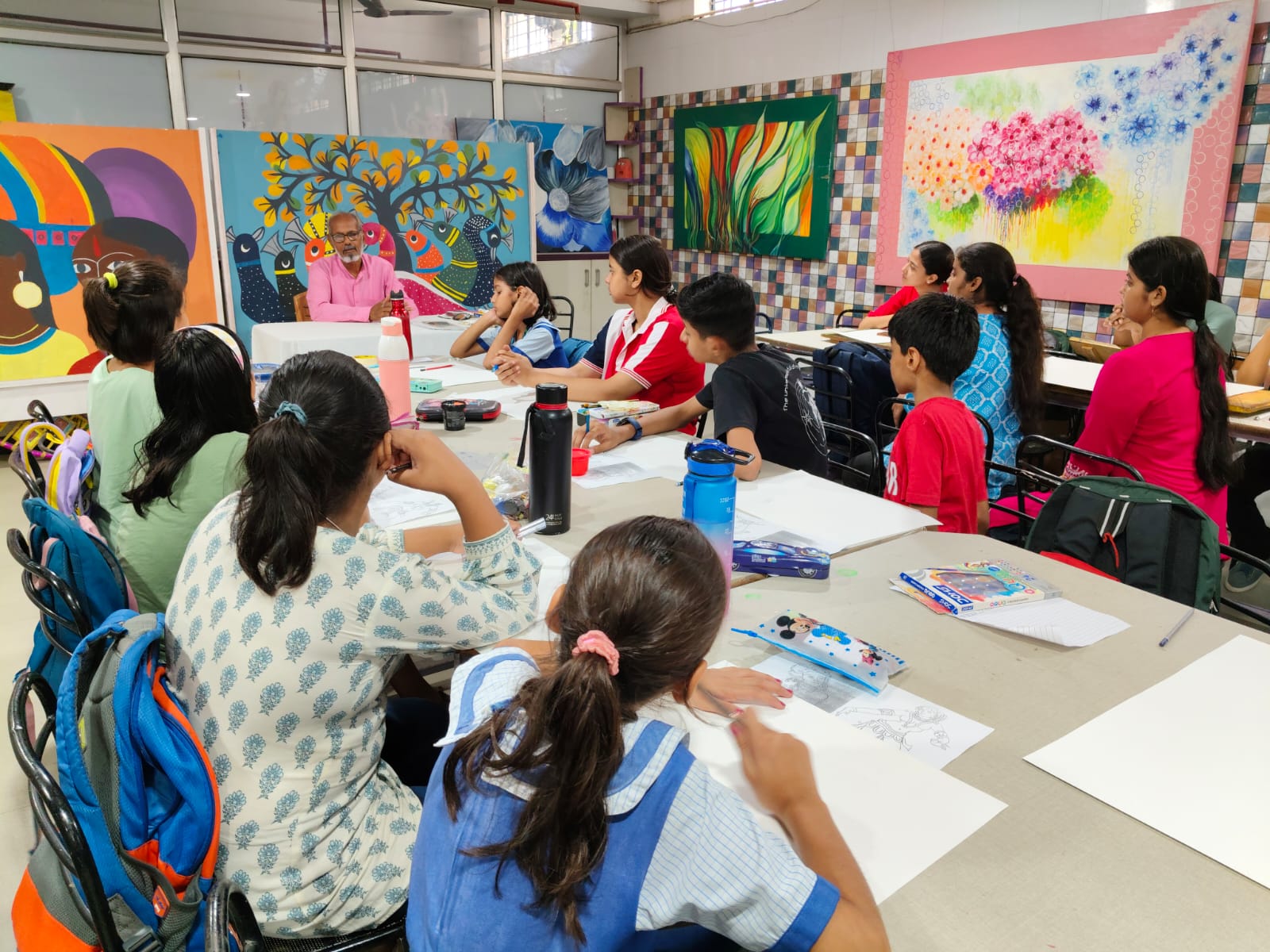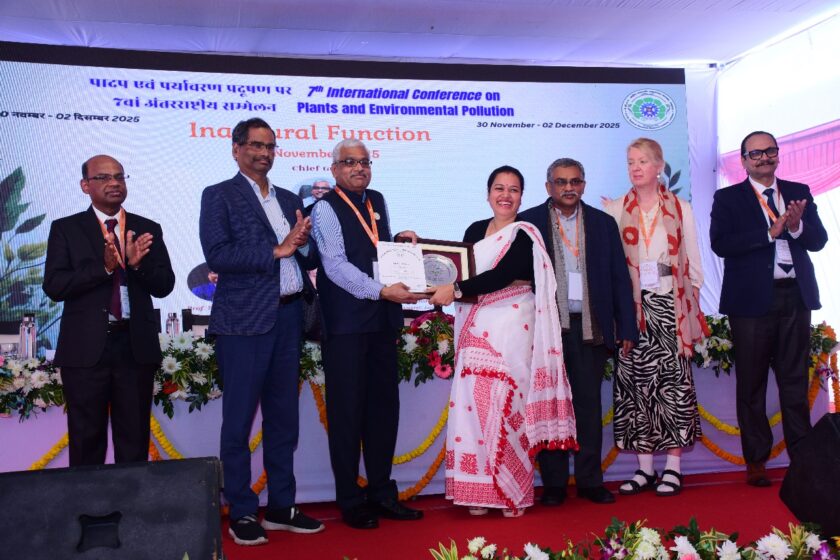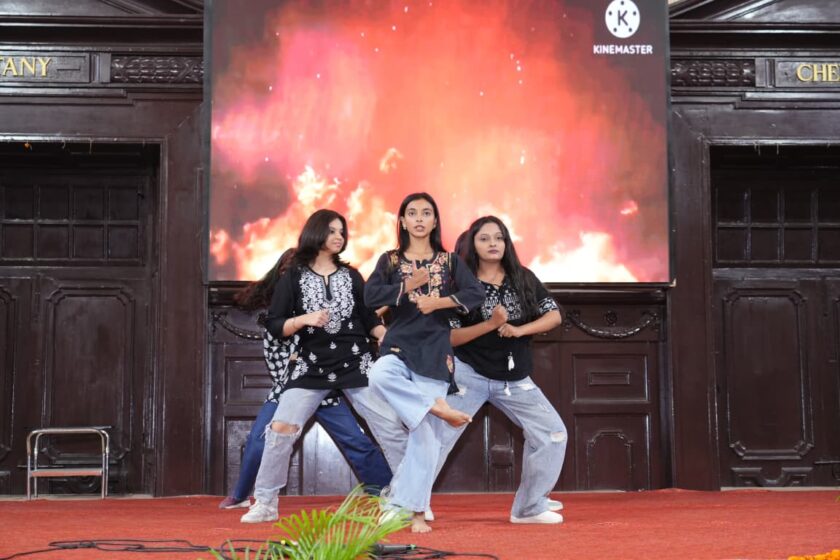Lucknow — Wash painting, a significant and delicate art technique in India’s artistic landscape, is on the verge of extinction. This watercolor-based style, also known as the “Dhovan” method, involves repeatedly wetting and drying paper while applying and removing colors—a process demanding immense patience and skill.
Introduced to India in the 20th century under the influence of Japanese art, wash painting flourished in Kolkata with artists like Abanindranath Tagore pioneering the style. Later, Lucknow became an important center for this art form. Senior artist Rajendra Prasad, a disciple of renowned wash painter B.N. Arya, is currently a leading figure preserving and evolving this tradition in Lucknow.
Recognizing the urgent need to revive this fading technique, Fluorescence Art Gallery and Lucknow Public School jointly launched a 10-day wash painting workshop at Lucknow Public School’s Vinamrakhanda campus. Rajendra Prasad is leading the workshop, guiding participants through the intricate process and creating a piece live.

During the inauguration, Principal Anita Chaudhary welcomed the artists, while Rajendra Prasad encouraged students to embrace learning and creativity beyond technology. Fluorescence Art Gallery founder-director Neha Singh expressed pride in nurturing students’ connection to India’s rich cultural heritage. Art Department Head Rajesh Kumar highlighted parallel workshops in mask-making, raku pottery, sculpture, and murals. Curator Bhupendra Asthana emphasized the gallery’s commitment to preserving both modern and traditional art forms for future generations.





